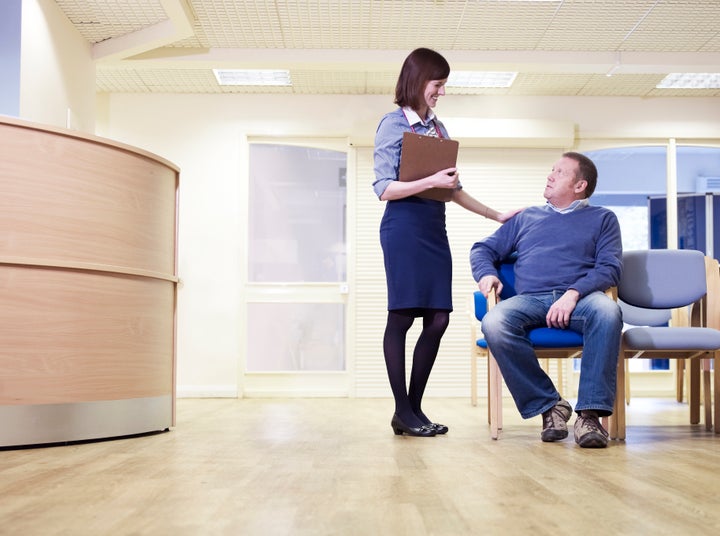A new laser treatment which helps to manage men with enlarged prostates has been approved by National Institute for Health and Care Excellence (NICE) for the NHS to use.
The non-cancerous condition affects thousands of men, and the institute said as many as 13,500 could benefit from the treatment.
Nice have suggested the GreenLight XPS laser system is offered to patients in England who are not deemed to be at high risk of complications should be offered treatment.
Prostate enlargement affects around 60% of men aged 60 or over. The condition can make it difficult for men to pass urine and lead to repeated urinary tract infections.
Speaking to PA, Professor Carole Longson, director of Nice's Centre for Health Technology Evaluation, said: "Whilst benign enlarged prostates may not be life threatening, the condition can impact on men's lives significantly. A procedure to reduce the amount of excess prostate tissue can improve the quality of life for men.
"Using the GreenLight XPS is more convenient for patients than other surgical procedures as they don't need to stay in hospital overnight and they can return to normal activity faster."

GreenLight XPS uses pulsating light to cauterize ruptured vessels, reducing bleeding faster, and it adjusts the laser beam depending on how well the procedure is going.
At present, the NHS uses TURP which is a hot looped wire which cuts away at tissue. Rather than staying overnight, the new laser treatment means patients can go home the next day.
An enlarged prostate, says the NHS is a small gland found only in men, located in the pelvis, between the penis and bladder. It's involved in the production of semen.
"The prostate produces a thick, white fluid that's made into a thinner liquid by a protein called prostate-specific antigen (PSA). The liquid is then mixed with sperm, produced by the testicles, to create semen.
"If the prostate becomes enlarged, it can place pressure on the bladder and urethra (the tube through which urine passes). This can affect how you pass urine and may cause difficulty starting urination, frequent need to urinate and difficulty fully emptying the bladder.
